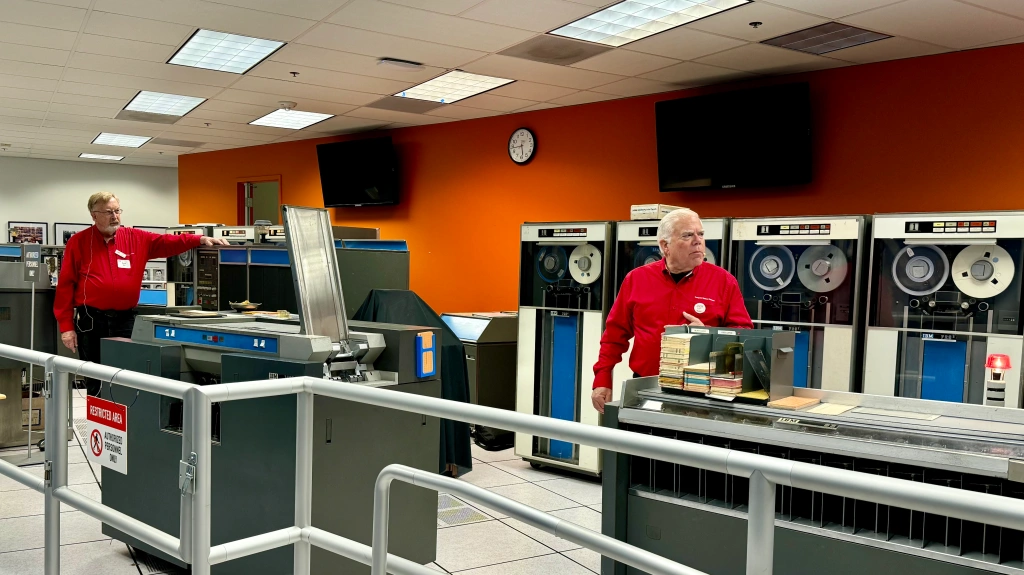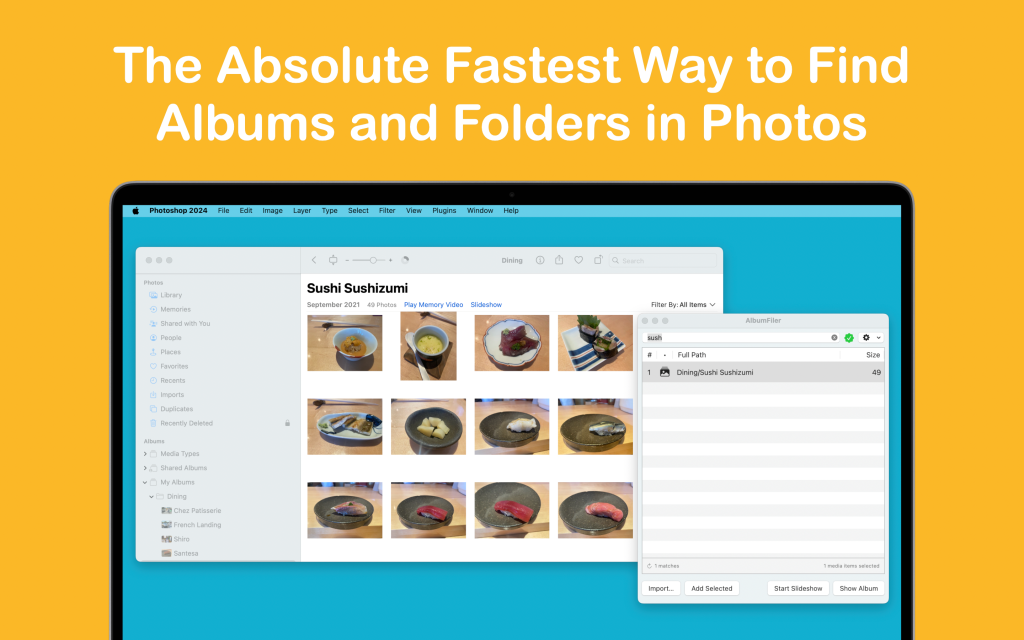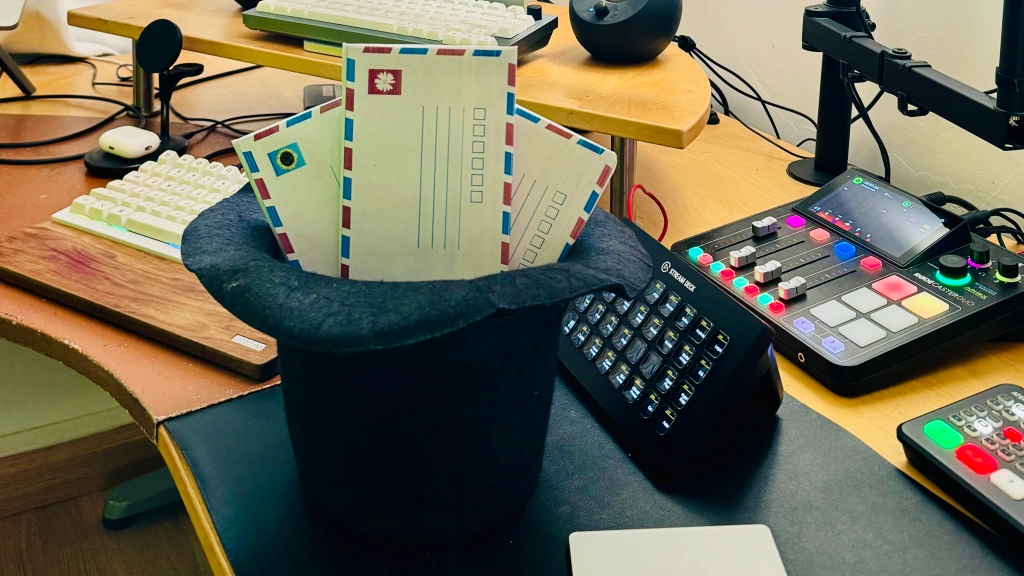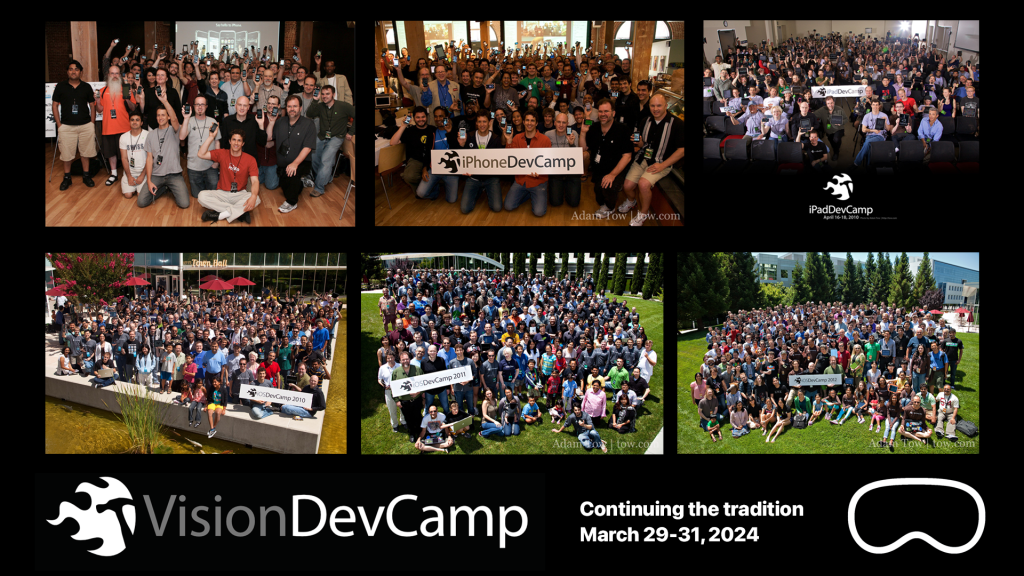Last night, Rae and I attended a member reception at the Computer History Museum in Mountain View, California. We’ve long been members of the museum and have attended many events, including a wedding in which we were the official photographers. Yesterday evening’s event was to give members an update on the projects that are coming in 2024. Dan’l Lewin, the CEO of CHM, kicked off the event before handing the mic over to Vice President and Chief Curatorial and Exhibitions Officer, Kirsten Tashev and Senior Curator, Dag Spicer.

They spoke about how out of the one million artifacts they have, only 0.1% of them are on display at the museum. Thoughts of the ending scene of Raiders of the Lost Ark went through my mind as they mentioned that; what treasures lay in the warehouses of CHM? Tashev and Spicer showed off five items from this collection, one of which was a Blue Box and an original Captain Crunch whistle used to make free phone calls back in the 70s and 80s. In high school, I once created a Red Box out of a Radio Shack pocket phone dialer and a quartz crystal. By then, however, the Automated Coin Toll Service (ACTS) was beginning to be phased out, so I only used it a handful of times. Today, my red box sits on my mantle alongside an original iPod and iPhone; it’s my own personal computer history museum!
A VIP MsgFiler Customer Sighting

One of the founders and active trustee of CHM is Ike Nassi. He also happens to be a longtime MsgFiler customer! He was instrumental in pushing me to keep investigating how to port MsgFiler over to macOS Sonoma. I was pretty down when we learned that Mail Plug-Ins had finally been removed from macOS Mail in Sonoma at WWDC 23. I held off upgrading to Sonoma for the longest time, since I personally relied on MsgFiler and was too busy with work. Ike developed a series of Keyboard Maestro scripts that replicated some of the core functionality of MsgFiler. While they worked, they were a bit clunky, due in part because he had to work within the constraints of what Keyboard Maestro could present to the user.
Seeing what Ike had done gave me the confidence that I could fully port MsgFiler over to Sonoma. And, after a furious month of coding, MsgFiler 4 is now available! I’ve fielded numerous emails and comments from Mac users who were holding off on upgrading to macOS Sonoma until MsgFiler was available; it’s that essential of a program for people. I’m hopeful that, with WWDC 24 in just two months, MsgFiler will remain a part of macOS for a great many years to come. I am torn, however, in also hoping that Apple doesn’t Sherlock it (i.e. incorporate MsgFiler into macOS Mail). I’ve been harping on them for years to do it, but now that MsgFiler has been modernized, I would rather them focus on improving other things in Mail!
Preserving Computer History

Preserving history is important, and that’s one reason why I think I’ve gravitated towards supporting the Computer History Museum for so many years. I think back on all the hardware and software that I bought; what still works? What’s been recycled? And what’s lying on the mantle to be admired rather than actually used? If there’s a coin-operated, customer owned telephone (COCOT) somewhere in the world that still uses ACTS, would my Red Box still work? I can pull out my Newton MessagePad 2100, place some rechargeable AA batteries, and the device will power up and transport me back to 1997. On the other hand, that Dropcam that I bought in the early 2010s — while I have not used it in years — will become even more of a paperweight on April 8, 2024, as Google will be ending support for both Dropcam and Nest Secure (its successor). Current technology is so intertwined with the communication stacks of today. When those go out of favor or are replaced, like 2.5G and 3G spectrums, things like your original iPhone essentially become museum pieces.
IBM 1401 Exhibit
This point was further emphasized to me when we checked out the IBM 1401 demo exhibit at the museum. Two volunteers at the CHM who worked on actual 1401 systems back in the day demoed how to make punch cards, sort them, and process them to make a computer printout. They handed out the tech that was modern at the time for the attendees to see and hold, including vacuum tubes, an early transistor, a vial of bits (which I had never seen before), punch cards, and data storage tape. They also showed off the USB cable of its day, a giant parallel cable that will make anyone stop complaining about all the different flavors of USB-C. One improvement that computer systems of that era still have over today’s desktop computers is the lack of visible cables. That’s because all of those huge cables were hiding underneath the floors!


The 1401 came out 16 years before I was born. It’s interesting to note that this year, 2024, marks 16 years since the iPhone was released.
If you have any interest in computing, I highly recommend you pay a visit to the Computer History Museum. It’s right off 101 and 85 in Mountain View, a stone’s throw away from the Google and Microsoft campuses. It’s located at… wait for it… 1401 N. Shoreline Boulevard.








Leave a comment